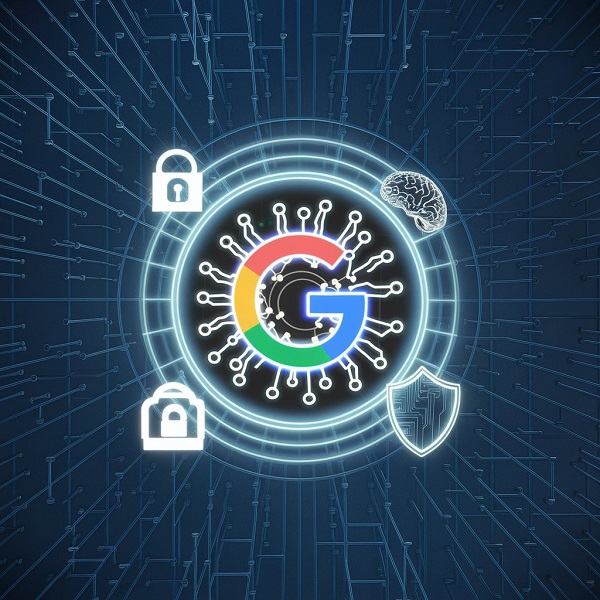Even as Google races ahead with cutting-edge AI development and constant roll out of powerful new tools, the tech giant is facing mounting pressure to show it can keep potentially risky AI systems safe and secure.
Last week, Google unveiled its “Frontier Safety Framework” which represents it’s latest effort to get ahead of future AI risks.
The framework comes on the back of other major AI initiatives from Google this year. Early on, the company open-sourced an AI Fuzzing Framework that harnesses the power of Large Language Models (LLMs) to streamline vulnerability discovery. And at the Google Cloud Next ‘24 conference in April, it showcased advanced security solutions driven by AI, revolutionizing how businesses defend against cyber threats.
These developments have fueled the excitement about AI’s transformative potential across industries. But they’ve also generated concerns from AI ethics groups and lawmakers about the technology’s potential downsides if misused or deployed recklessly.
Critics argue the risks posed by Large Language Models and other AI systems currently in use are already being drastically underestimated and mishandled. Google’s new safety framework, they say, completely ignores the litany of current real-world harms enabled by bias, deception, privacy violations and other issues with modern AI.
In the framework, Google outlines a process for identifying “Critical Capability Levels (CCLs)” in AI models that could pose risks in areas like autonomy, biosecurity, cybersecurity and machine learning research itself. They say it will “research the paths through which a model could cause severe harm” and determine the “minimal level of capabilities” required for an AI to potentially cause such harm.
If Google’s regular model evaluations detect any of these early risk capabilities emerging, it plans to deploy mitigation strategies focused on tightening security and potentially limiting access to the model. However, Google did not say it would completely remove public access or destroy models showing these early risk signs.
The framework represents Google’s latest attempt to stay ahead of the rapidly evolving AI ethics and safety landscape. But whether it can truly mitigate the rising fears over AI technology’s potential misuse is yet to be seen.





